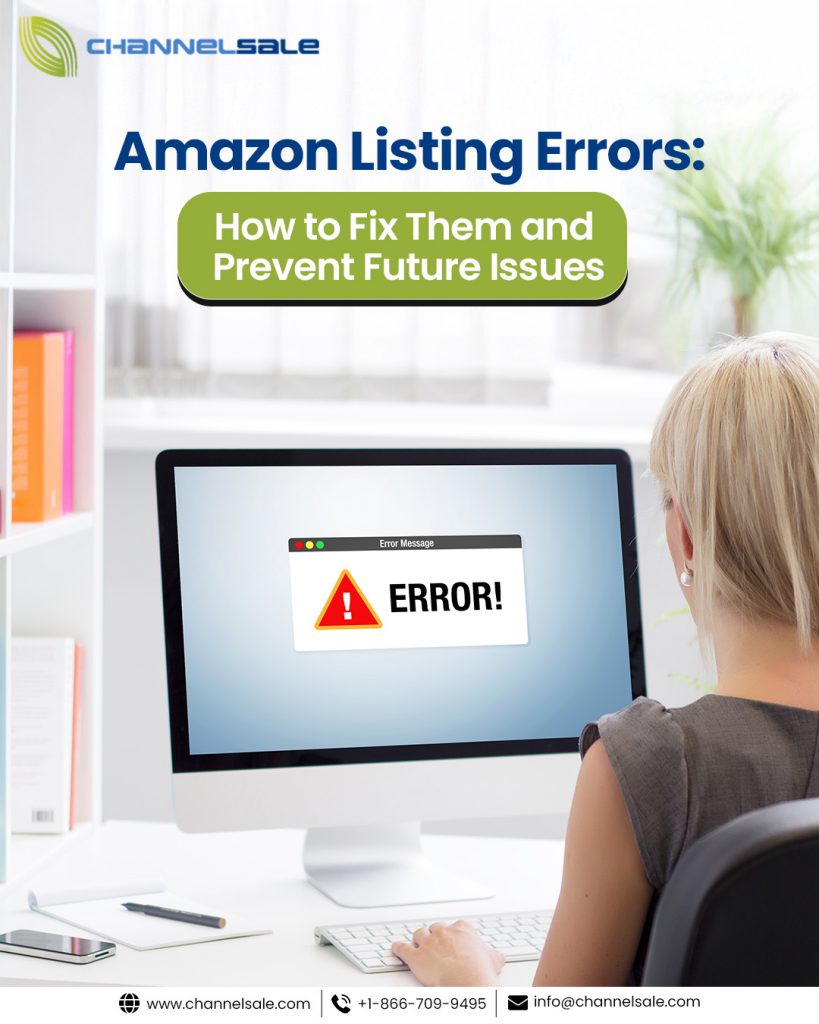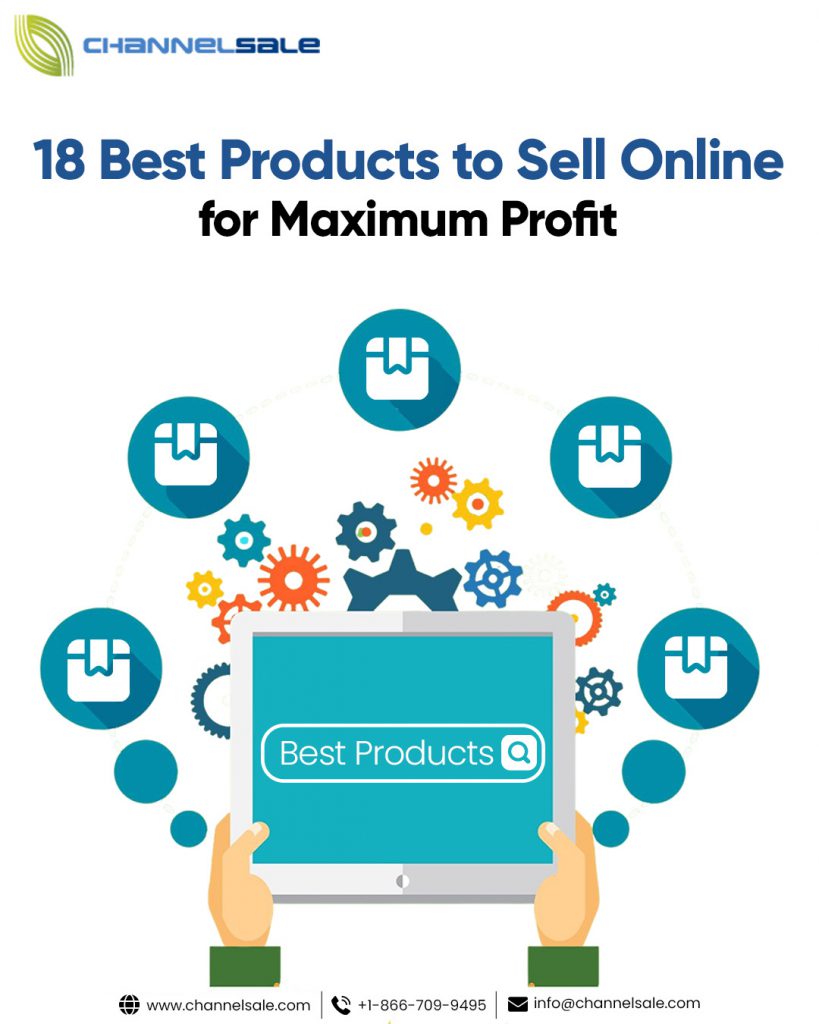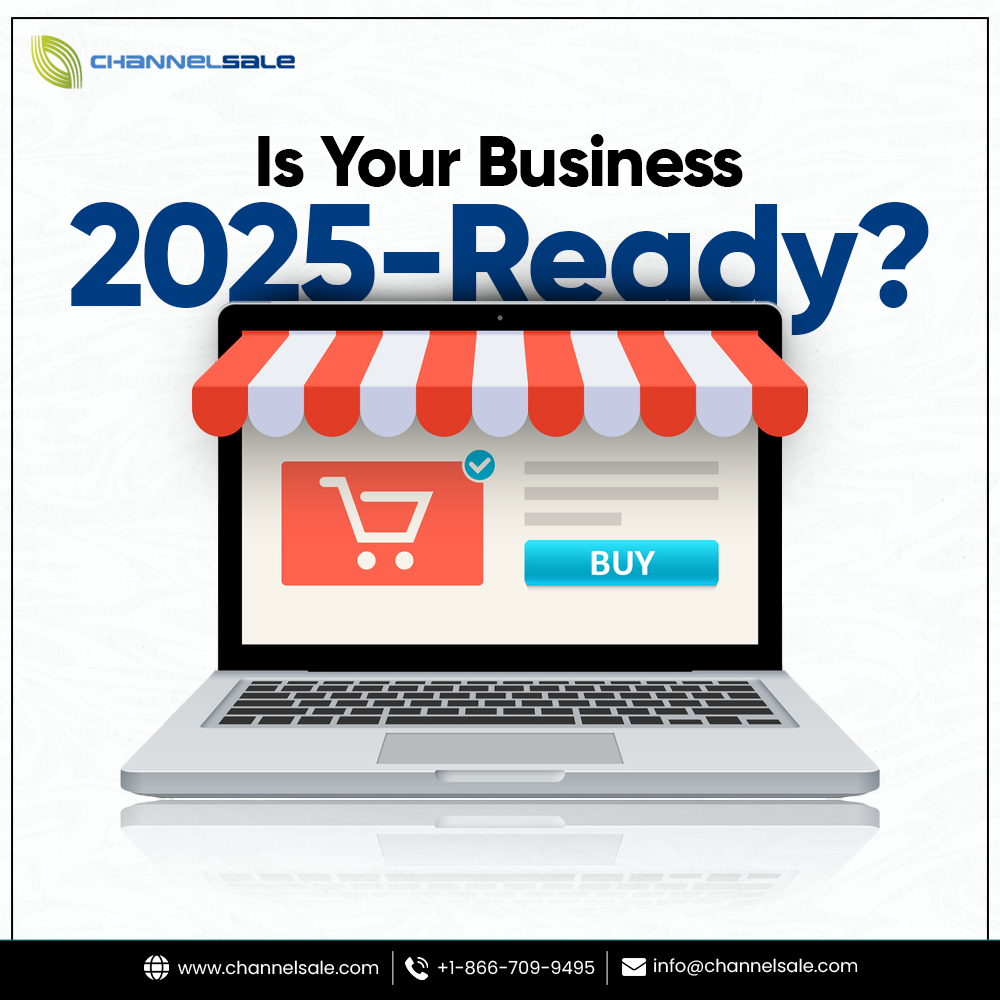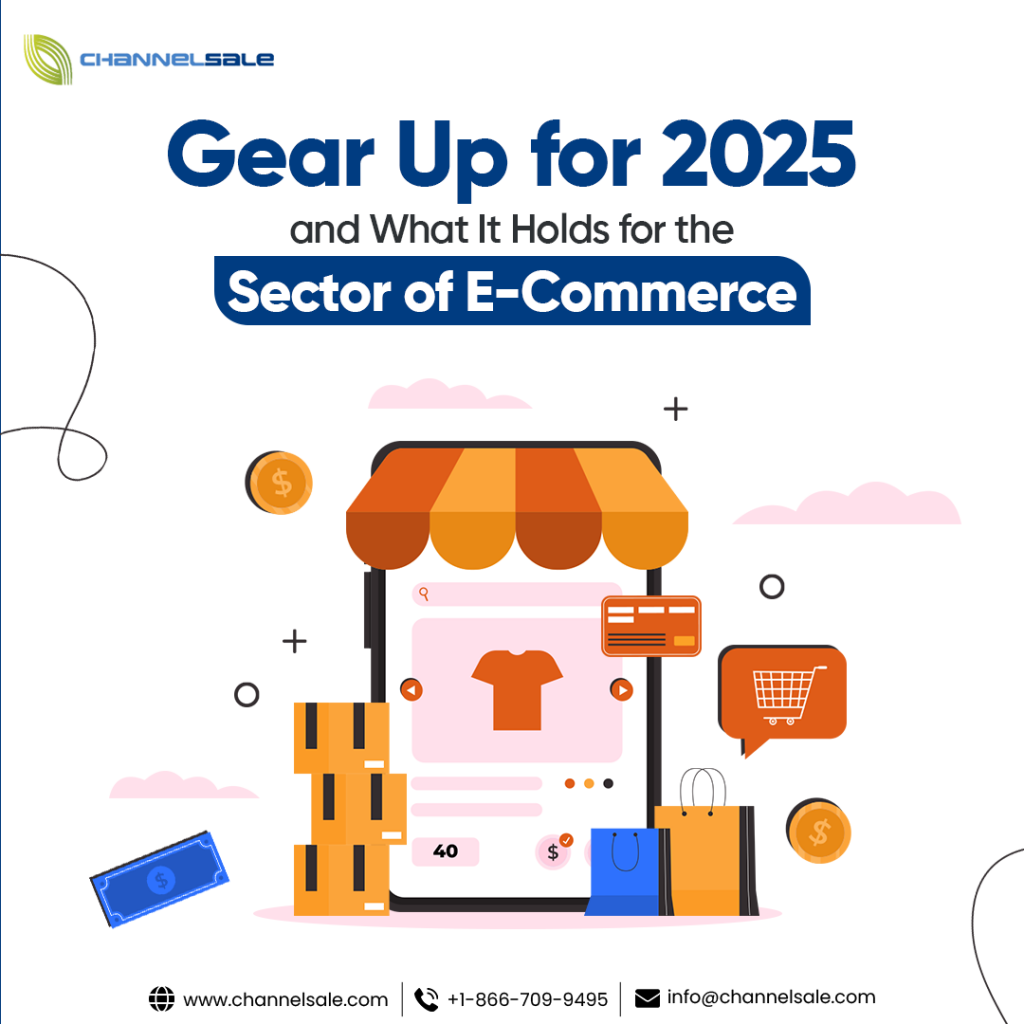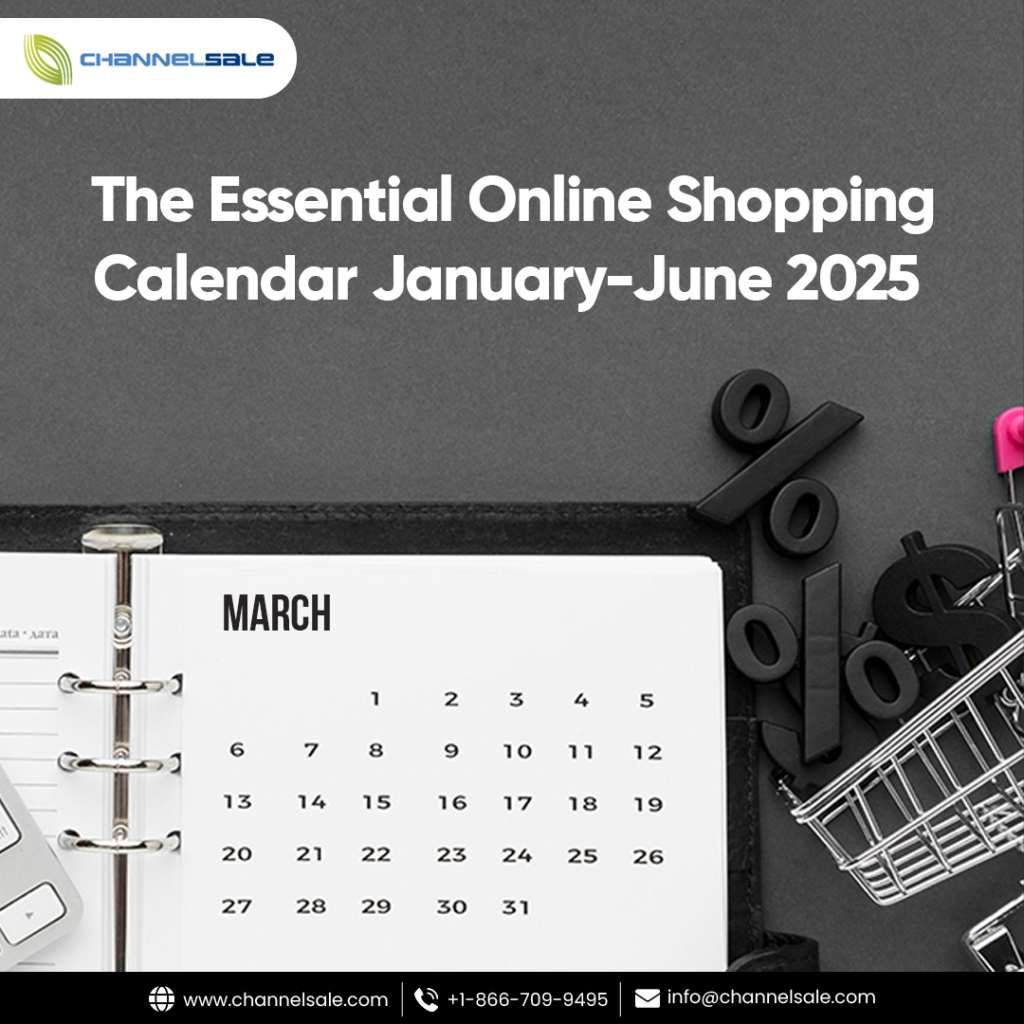At ChannelSale, our highly experienced dedicated support team takes out the hassle for our clients to troubleshoot the errors received during creating or updating product listings on Amazon, thus saving valuable time and increasing efficiency in achieving rapid sales growth. Here’s a list of frequently received errors and fixes.
When you list products on Amazon, often come across messages that contain some text and a reference number. When these messages appear, you are unable to list the product on the online marketplace. The appearance of these messages indicates listing problems and is known as an Amazon listing error.
What causes these errors? The code that appears with the message indicates the specific cause.
Listing Error Types & How to Fix Them?
Today, we will discuss the three most common types of Amazon listing errors and how to resolve them.
1. Generic Product Errors
On the Amazon store, generic products are unbranded. This means that these products have no logo or exclusive brand names. Let’s discuss a few standard generic product codes
● Error code 5882
This code means an issue with intellectual property rights. On receiving this alert, we need to inform Amazon Seller Support that issue is not listed and explain that we are listing a generic product. Their team will assist.
● Error code 5885
This arises in different scenarios like –
- Updating generic product details for another seller
- Adding offers to a generic product listing for another seller
- Copying another seller’s detail page of a generic product to your store for another country
The solution is to create a completely new product listing. Alternatively, we can speak with Amazon Seller Support to resolve.
● Error codes 5886 & 5887
This error code flashes when you try to amend a product detail page that is not allowed to be changed. For example, if we are adding offers to the generic product listing of another seller. Or, copying a product detail page of another seller to your store. Appeal in the case of 5886 or 5887 is not permitted. The solution is to try and list the product generically.
2. Product Matching Errors
Product matching is used to match fresh offers to products already being sold in the online Amazon store. Different types of product matching errors are as follows –
● Product ID errors
When a product is already listed and we try to add a new detail page, this error code is generated. It is also generated when a product ID entered is linked to another product. To resolve, enter the right product ID – it should be the exact GTIN present on the barcode of the product. On the error message, check if the product mentioned is the one you want to list. If it is the same, copy the ASIN on the error message and paste it in the Product ID field. If it is different, we will need to contact Seller Support.
● Product attribute errors
If the current product listing information is in conflict with product attributes, this error is generated. You will need to change the attribute to match the given information for the product. Use the ‘Fix Your Products’ tool available in Seller Central to address attribute errors.
● Stock-keeping units (SKUs) errors
This error code is generated if you try to use a SKU associated with another product, available in the bigger Amazon store or your inventory. Resolving involves deleting the listing and recreating a unique SKU.
3. Brand Name Errors
These errors arise if there are conflicts associated with the Amazon Brand Name Policy. This policy helps protect every brand’s Intellectual Property (IP).
● Error code 5461
This code is generated to inform you that you are not permitted to generate fresh product detail pages for any brand. Resolving requires ensuring that the correct brand name is used. Spelling and spacing need to be checked. Associate your selling account with your Brand Registry account. If we are still unable to resolve the issue, go back to the error message to get the link to an application to sell. Complete the application to start creating the brands’ product detail pages.
● Error code 5664
This code flashes when you are trying to list a generic product without using the brand-name value as ‘generic’ If you want to list the product under a brand, we will need to use the link in the message to complete the application.
● Error code 5665
If the brand name is not approved by Amazon and you are trying to enter it, you may receive this error code. First of all, we will need to have to get the brand enrolled in the Brand Registry. Alternatively, we can request Amazon to permit you to use the unregistered brand name. In this case, click on the link in the error message to get access to the selling application for catalog authorization.
As an online seller on Amazon, your main focus is to make it easy for customers to discover your products. By minimizing listing errors, you can get there faster and more effectively. Remember, if you do not address the errors, your product listings will not be visible to your potential buyers. Use the highly experienced resources and tools of ChannelSale for a centralized product listing process for all your online stores.

